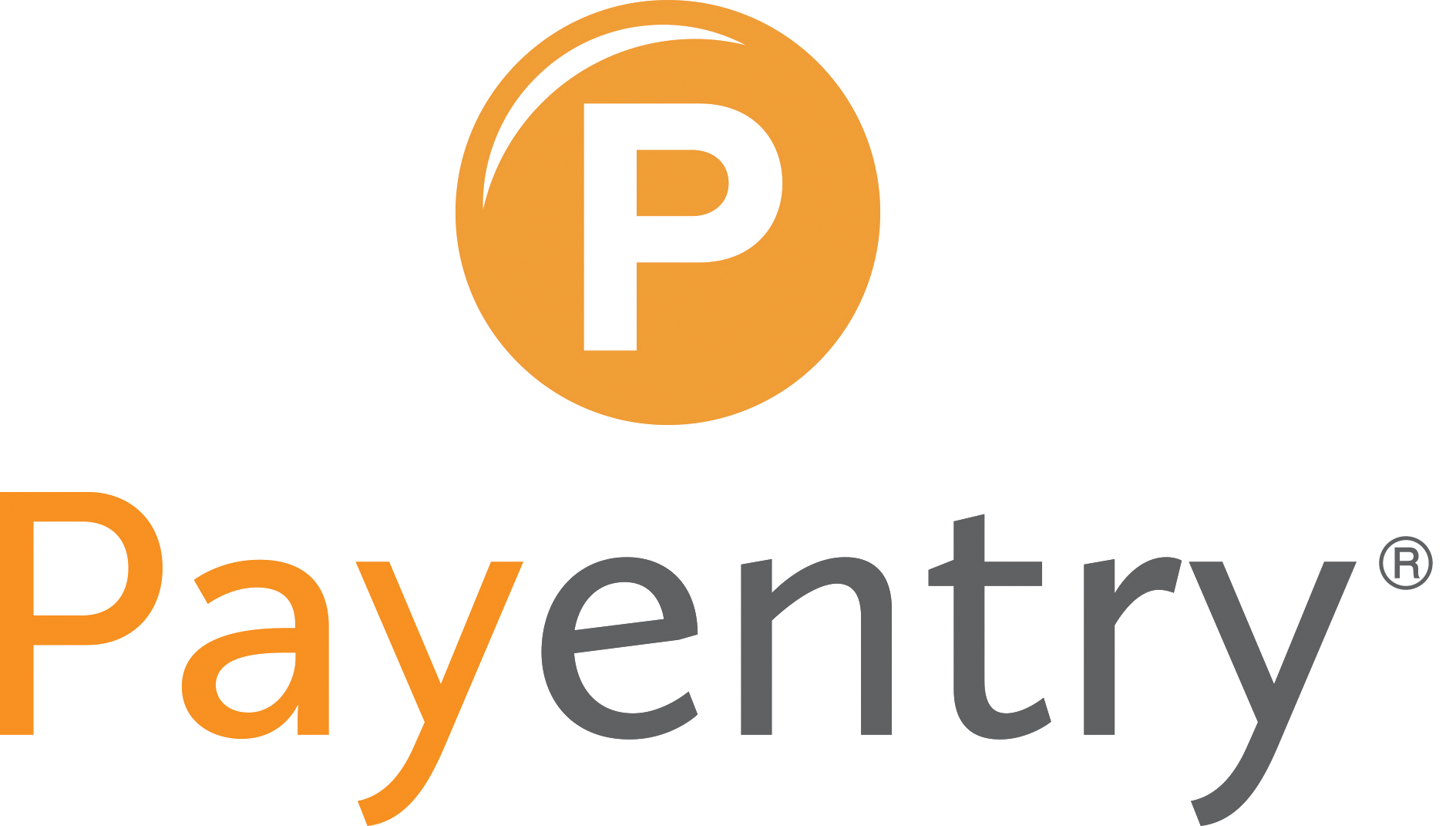
Aligning Year-End Reviews with Compensation, Bonuses and Payroll
As the year comes to a close, HR teams and business leaders face one of the busiest and most important times of the year. Performance review season. For many organizations, year-end reviews shape employee development plans, and tie directly into decisions around raises, bonuses, and payroll adjustments.
When handled well, aligning reviews with compensation creates transparency, fairness, and motivation. When handled poorly, it can lead to confusion, frustration, or even compliance issues.
Here’s how to connect the dots between performance evaluations, compensation decisions, and payroll so your people feel valued and your processes stay smooth.
Why Alignment Matters
Performance reviews set the stage for recognition and growth, but employees often see them as directly tied to their wages. Without clear alignment, you risk mixed messages: employees hearing “You’re doing great” in reviews, but not seeing it reflected in compensation.
By intentionally linking reviews, compensation, and payroll, organizations can:
- Ensure fairness by using consistent criteria to determine raises and bonuses.
- Reinforce culture by rewarding not just results, but behaviors aligned with company values.
- Maintain compliance with wage and hour laws, equal pay requirements, and documentation standards.
- Boost trust by making compensation decisions more transparent and predictable.
Best Practices for Aligning Reviews With Pay
Establish Clear Evaluation Criteria – Tie compensation adjustments to measurable performance metrics and company goals. This reduces subjectivity and creates a fairer system for determining raises and bonuses.
Communicate the Connection – Share openly and clearly how reviews influence compensation. Clear communication reduces anxiety and increases confidence in the process.
- Are bonuses tied to individual, team, or company performance?
- How do performance ratings translate into raises?
- What role does tenure, market data, or skills growth play?
Plan Payroll Timing Carefully – Year-end payroll can get complicated with bonuses, retroactive raises, and tax implications. Work with our payroll experts early to ensure:
- Bonus payouts are scheduled and taxed correctly.
- Overtime and incentive pay are accounted for.
- Adjustments roll into the new year’s payroll without errors.
Consider Total Rewards – Compensation is more than salary. Use year-end reviews to highlight the full value of what employees receive, including benefits, personal time off (PTO), retirement contributions, and wellness programs. This broader perspective reinforces the company’s investment in employee well-being and helps employees understand the “Hidden Paycheck.”
Documentation – Keep detailed records of reviews, compensation decisions, and payroll adjustments. Documentation protects against legal risk and helps create consistency year after year.
Year-end reviews are more than a checklist. They’re an opportunity to recognize contributions, reward results, and reinforce culture. By aligning reviews with compensation, bonuses, and payroll processes, businesses can ensure that employees feel valued while also keeping compliance and accuracy at the forefront.
At Payentry, we help organizations streamline HR and payroll processes so that year-end is strategic. Because when reviews and rewards are aligned, everyone wins.
Let’s Talk. Our personnel management professionals provide expert support in payroll, workforce management, human resources, benefits administration, and retirement planning services.
For the latest updates, to view our webinars, and listen to our podcasts, visit and follow us on LinkedIn, Facebook, X, Instagram, YouTube and Spotify.
Learn more about how we can help you achieve your goals, address challenges, and resolve issues with speed and precision by conveniently scheduling an appointment with our team. And to speak directly with an experienced payroll professional, please contact us at 704.632.2940 or simply Click Here and Let’s Talk.
* MPAY LLC dba Payentry (Company), is not a law firm. This article is intended for informational purposes only and should not be relied upon in reaching a conclusion in a particular area of law. Applicability of the legal principles discussed may differ substantially in individual situations. Receipt of this or any other Company materials does not create an attorney-client relationship. The Company is not responsible for any inadvertent errors that may occur in the publishing process.

